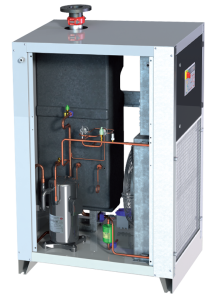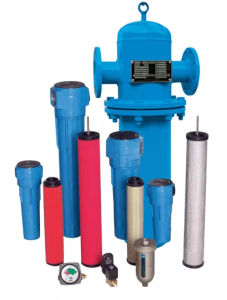Managing moisture in compressed air is crucial to ensure the efficient and safe operation of pneumatic systems and to prevent corrosion, contamination, and damage to equipment.
Here are several methods commonly used to control moisture in compressed air systems:



